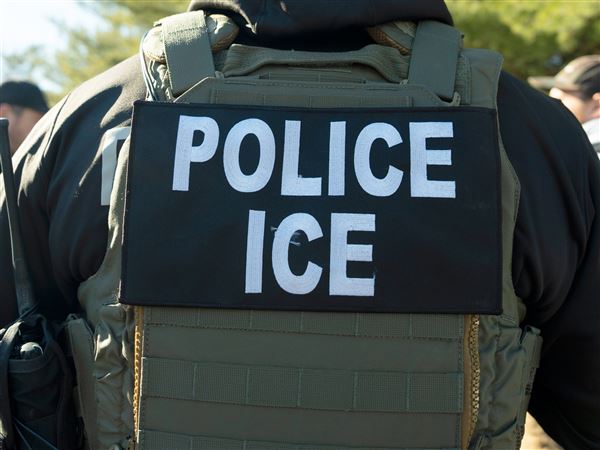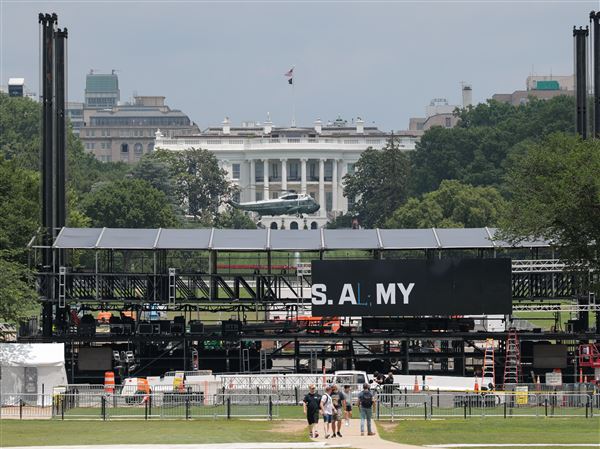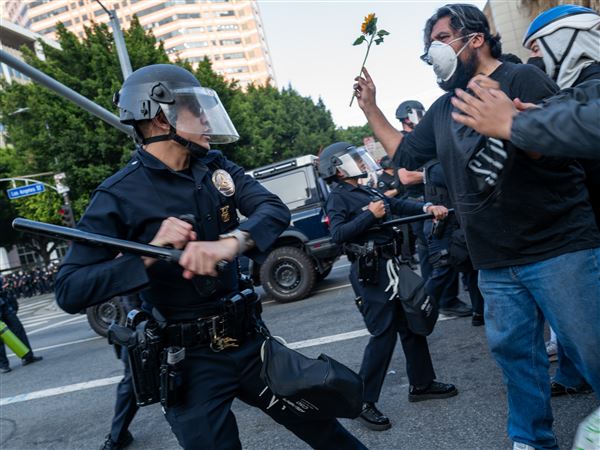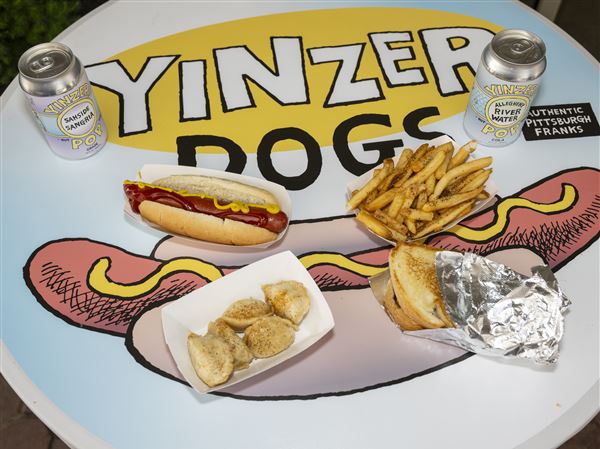REGULATORS ADVANCING LNG EXPORT APPROVALS@<
(For use by New York Times News Service clients.)@<
By JENNIFER A. DLOUHY@
c.2014 Hearst Newspapers@
WASHINGTON — Cheniere Energy’s days as the lone U.S. company authorized both to export natural gas worldwide and build a facility capable of doing so may be coming to an end.
Federal regulators moved on two separate fronts Wednesday and Thursday to advance three proposed liquefied natural gas export projects in Louisiana, Texas and Oregon.
The Federal Energy Regulatory Commission approved construction of the Freeport LNG facility at Quintana Island, Texas, to liquefy and export natural gas while waving off the Sierra Club’s request that it reconsider a previous authorization of Sempra LNG’s proposed project in Hackberry, La.
Separately Thursday, the Energy Department gave Oregon LNG a permit to export up to 1.25 billion cubic feet per day of natural gas to countries that don’t have free trade agreements with the United States. The project in Warrenton, Ore., still must clear the expensive FERC review process, which can span 18 months or more.
“This has been a good week for those of us advocating for an expansion of our nation’s natural gas exports,” said Sen. Lisa Murkowski, R-Alaska. “Rising domestic production presents a golden opportunity to become a world leader in energy exports, while still meeting the full demand for gas at home.”
Gas export advocates say that if more U.S. supplies reach the world market, it will weaken a price and supply stranglehold that Russia has on some European U.S. allies.
Neither Texas’ FLEX Freeport LNG project or Sempra’s Cameron LNG in southwestern Louisiana have crossed the finish line with federal regulators; both still hold conditional export licenses and are waiting for the Energy Department to finalize the permits.
But both are close to joining an exclusive club of fully permitted LNG exporters, joining Houston-based Cheniere Energy, which began construction on its Sabine Pass project in Cameron Parish, La., in 2012 and hopes to begin foreign shipments next year.
So far, the Energy Department has handed out eight broad LNG export licenses to seven projects, and FERC has authorized three of those. Another two dozen have applied for permits.
Sen. Mary Landrieu, D-La., who heads the chamber’s Energy and Natural Resources Committee, said she wants to see the “positive momentum” continue.
But some industry leaders worry that the Obama administration’s plans for overhauling the way it vets proposed gas exports will slow the activity. The Energy Department now plans to stop issuing conditional authorizations and only consider LNG export applications after the underlying projects have cleared environmental reviews at FERC.
The proposed procedure was meant to focus Energy Department resources on the most commercially viable projects, but industry representatives say the conditional licenses have been valuable in signaling to would-be investors which projects will end up with all the permits they need.
Leucadia National Corp.‘s Oregon LNG aims to take advantage of Canadian gas, and it would be built on the same Warrenton, Ore. site where a gas import facility once was planned. Like another proposed LNG export terminal in nearby Coos Bay, Ore., it would be a greenfield project — one build from scratch rather than an expansion of an existing import facility.
But Leucadia has had trouble securing local permits to build the export terminal and the pipeline that would ferry gas to the facility. It is currently challenging a county commission board’s rejection of a critical land use permit.
Freeport LNG has been conditionally authorized to export 1.8 billion cubic feet per day from export facilities planned near its existing Brazoria County import terminal, sending it to customers lined up in Japan and South Korea.
Cameron LNG has conditional approval to export 1.7 billion cubic feet per day from its proposed site along Louisiana’s Calcasieu Channel. Beyond Sempra LNG, partners in that project include shipping company Nippon Yusen Kabushiki Kaisha and France’s GDF Suez.
Kevin Book, an analyst with ClearView Energy in Washington, D.C., said the Energy Department could move soon to finalize Cameron LNG’s export license. Book said political considerations — including concerns about Russia’s annexation of Crimea and the fate of Landrieu in November’s elections — could drive a more urgent pace.
Landrieu, who is in a tough fight for reelection, has been an ally for gas exports and wrote Energy Secretary Ernest Moniz on Wednesday to urge swift action on the Cameron project.
First Published: July 31, 2014, 12:00 a.m.
Updated: July 31, 2014, 10:57 p.m.















